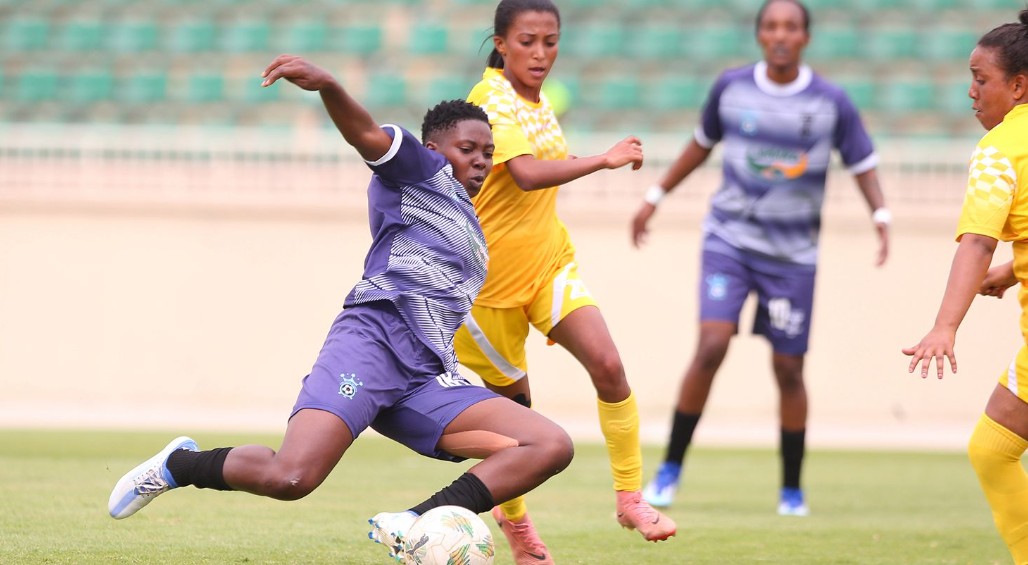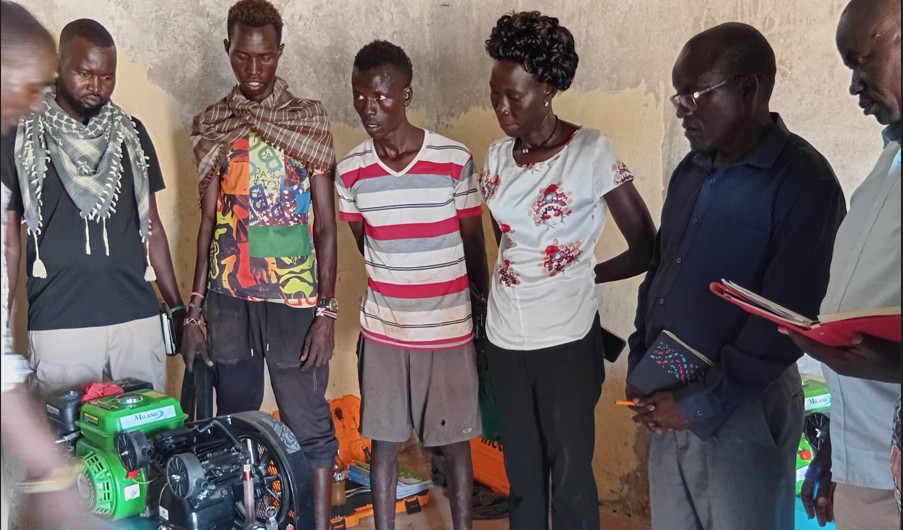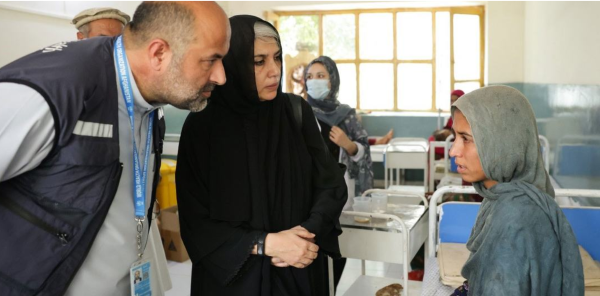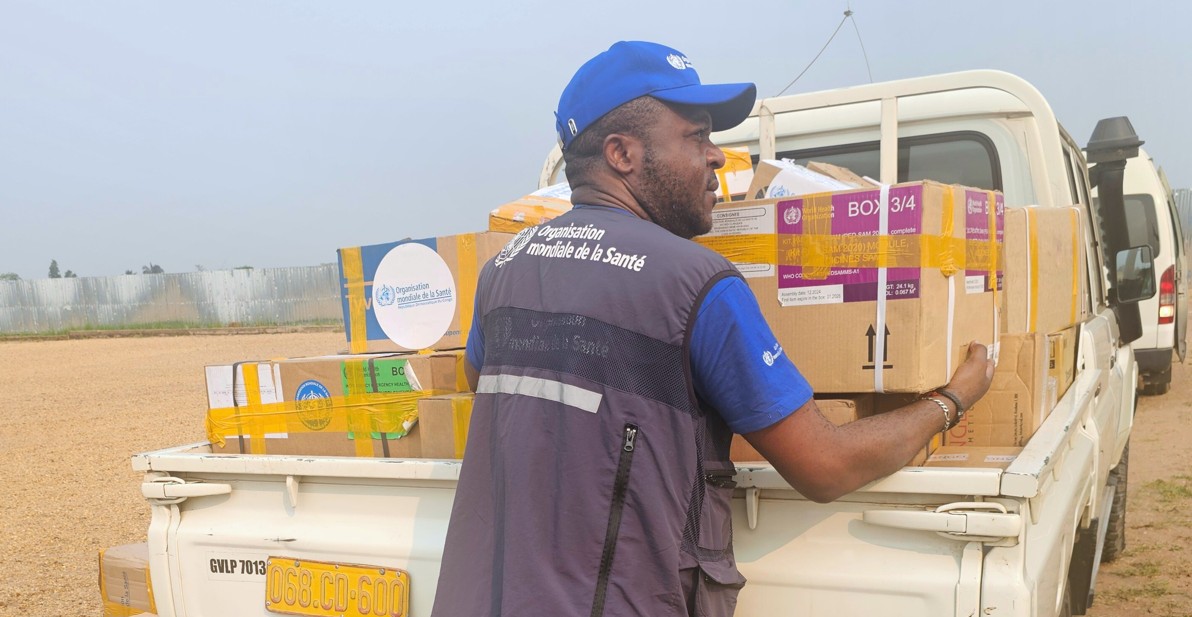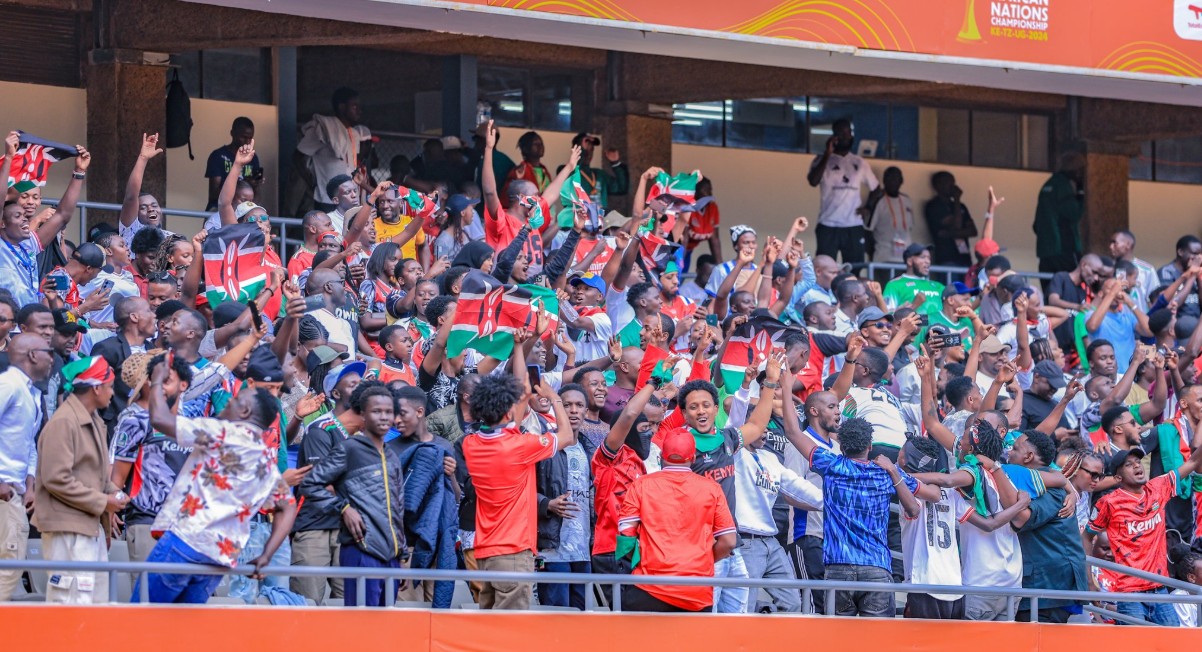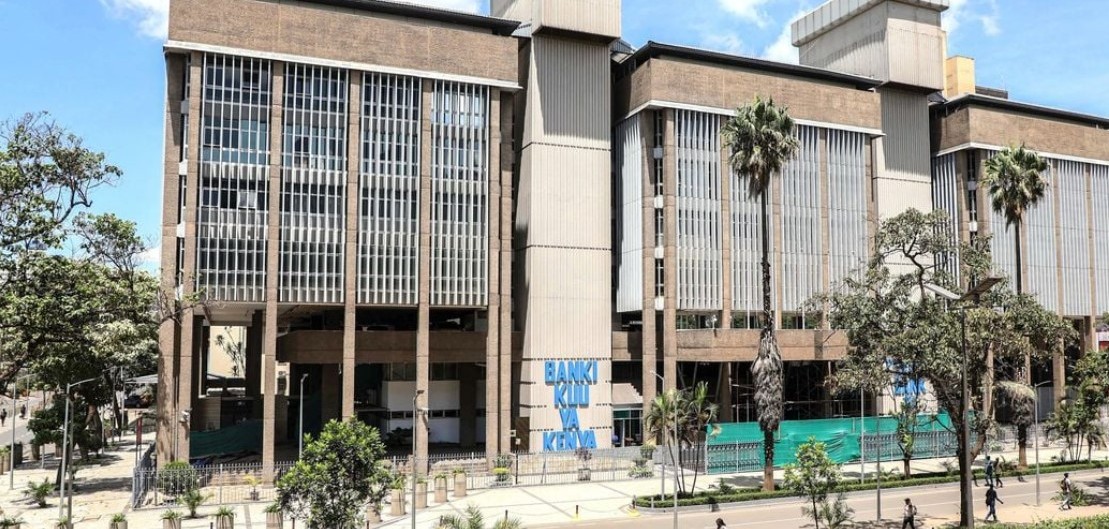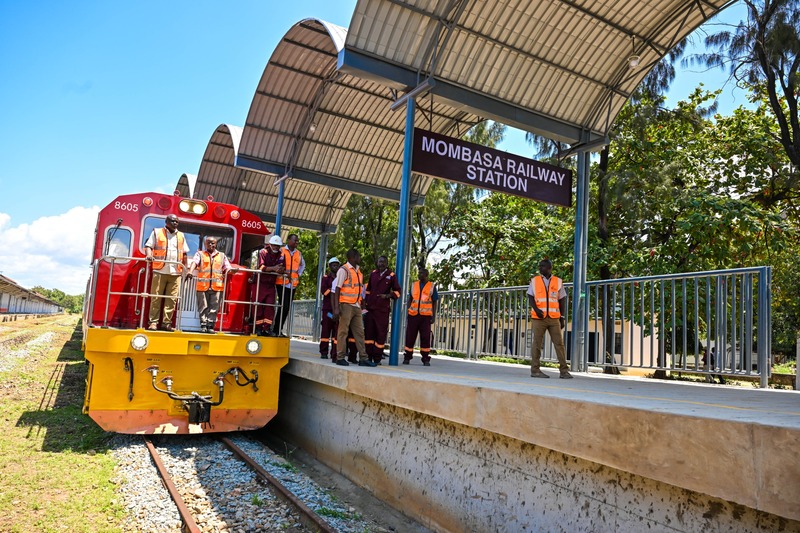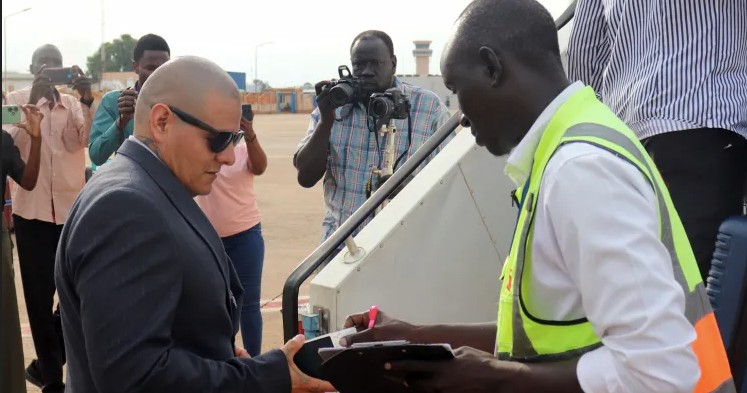Ramadan 2024: How Muslims mark Eid-al-Fitr
According to astrological calculations, Ramadan is projected to span 30 days this year, meaning the first day of Eid falls on Wednesday, April 10.
As the holy month of Ramadan comes to a close, Muslims worldwide are anticipating Eid al-Fitr, "the festival of breaking the fast," which marks the end of the season of abstinence, prayer, and spiritual reflection.
According to astrological calculations, Ramadan is projected to span 30 days this year, meaning the first day of Eid falls on Wednesday, April 10, in Saudi Arabia and many neighbouring nations. East African countries, Kenya included, are expected to follow suit.
More To Read
- In Pictures: Muslims countrywide celebrate Eid-ul-Fitr to mark end of Ramadan
- Hundreds of vulnerable families in Kamukunji receive Ramadan food aid
- Rare calendar alignment marks start of Ramadan 1446 AH on March 1, 2025
- President Ruto sends message of goodwill to Muslims as Ramadan begins
- Thousands unite for Eid-ul-Adha prayers in Eastleigh
- Photos: Religious leaders call for unity as Muslims celebrate Eid-ul-Adha
Eid's start hinges on the sighting of the new moon, which signals the beginning of Shawwal, the 10th month of the Islamic calendar, also known as Hijri.
Given that lunar months typically last 29 to 30 days, Muslims often await confirmation of the Eid date the evening before.
Following the sunset prayer on Monday, April 8, the 29th day of Ramadan, moon observers will turn their gaze westward, scanning the horizon for the faintest glimpse of the new crescent moon.
Should the new moon be sighted, the following day will mark the onset of Eid. Otherwise, Muslims will fast an extra day to complete the 30-day lunar cycle.
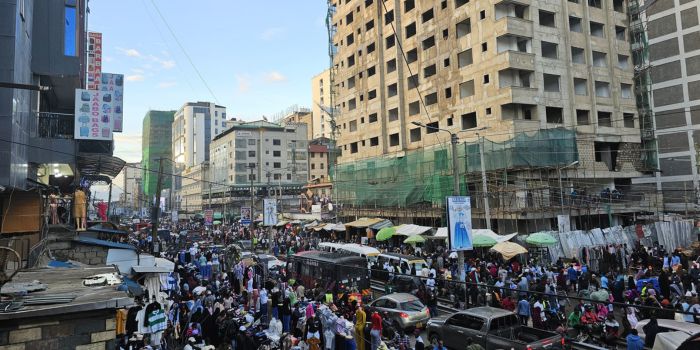 Muslims shop for Eid al-Fitr celebrations in Eastleigh, Nairobi, on April 8, 2024. (Photo: Ahmed Shafat)
Muslims shop for Eid al-Fitr celebrations in Eastleigh, Nairobi, on April 8, 2024. (Photo: Ahmed Shafat)
While some countries rely on independent moon sightings, the confirmation of the new moon's appearance heralds the official announcement of Eid, broadcast on television and radio, and announced in mosques.
Eid is an official holiday in many Muslim-majority nations, and festivities traditionally take three days, albeit with variations by country in terms of the length of the holiday.
The celebrations begin with a dawn prayer service, which is followed by a brief sermon, with Muslims gathering in open spaces to offer their supplications. En route to the prayer grounds, worshippers recite takbeerat, invoking the greatness of God with the resounding chant of "Allahu Akbar," meaning "God is great."
Before praying, it is customary to indulge in sweet treats, such as date-filled cookies known as maamoul, which are prevalent in the Middle East. This pre-prayer ritual, known as "sweet Eid," encompasses the exchange of sweets among friends and family, symbolising the joyous spirit of the occasion.
Throughout the day, Muslims embark on a journey of familial and communal bonding, visiting relatives and neighbours, and exchanging greetings and sweets.
Each region boasts its own array of traditional foods and confections, prepared in anticipation of Eid or savoured on the morning of the first day.
Also, children don new attire in readiness to exchange gifts and monetary tokens, heightening the festive atmosphere.
In many countries, the festivities extend to intricate henna designs adorning the hands of girls and women, symbolising beauty and celebration.
The eve of Eid witnesses gatherings of women in neighbourhoods and familial settings, where the delicate art of henna application fosters a sense of unity and joy.
As Eid approaches, a palpable sense of excitement is being ignited, with Muslims eager to visit friends and family in a show of unity and gratitude for the blessings bestowed upon them.
Top Stories Today
